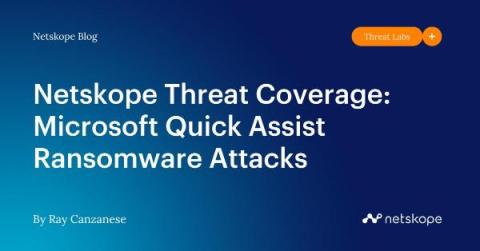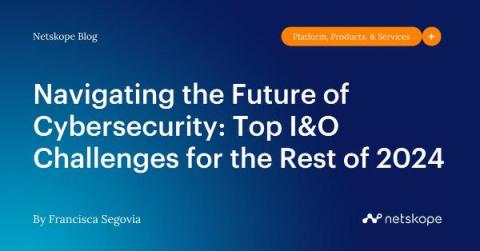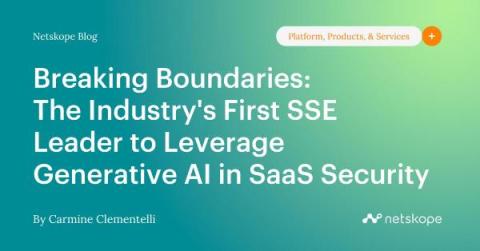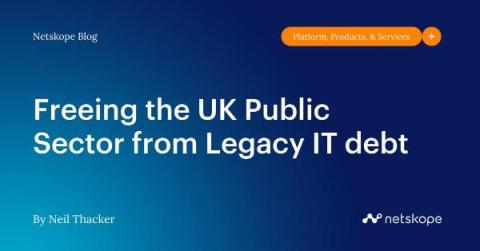Netskope Threat Coverage: Microsoft Quick Assist Ransomware Attacks
Microsoft has recently highlighted the abuse of the remote support tool Quick Assist in sophisticated social engineering attacks leading to ransomware infections. This blog post summarizes the threat and recommends a mitigation strategy for Netskope customers.











